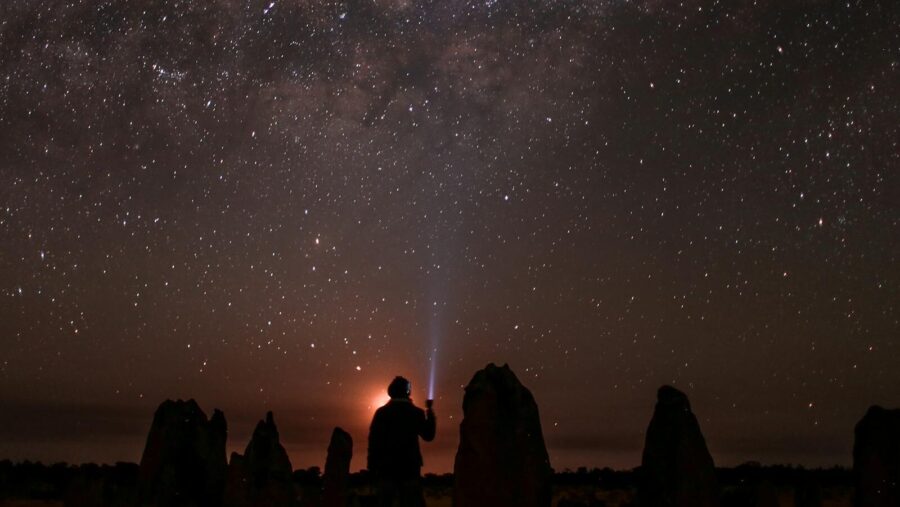Technology changes the way we live our lives, and in turn, major industries are evolving, including the HR and recruitment world.
There’s been a lot of buzz surrounding artificial intelligence being used in business and there are questions over how this will affect job roles in the future. But technology is already affecting recruitment and is engaging a new generation of candidate.
Digital initiatives for a mobile age
In many ways, the smartphone has the power to change the traditional recruitment process, and provide a new model for hiring.
If businesses want the best talent, in today’s digital world, they need to communicate with prospective candidates in new and innovative ways. Seventy-nine percent of job seekers use social media in their job search and nearly 50% use their mobile devices to search for positions at least once every day, according to Glassdoor. There’s no question, employers need to develop digital initiatives to engage an increasingly mobile-first audience.
Employers need to develop digital initiatives to engage an increasingly mobile-first audience
All of this will soon become old news, the next step may actually be incorporating AR into the hiring process. This step would provide a number of advantages, including instant access to a wealth of information, ease of navigation, and an engaging platform to suit both candidates and employers. Candidates can apply for job openings, and employers can view CV’s at the touch of a button or through a simple zap (our name for a bite-sized augmented reality experience)
Another area of recruitment not to forget is good old fashioned networking. Even with emails and social networks, the humble business card still plays a role (your office draw is probably filled with a handful of cards with names of people you may or may not remember meeting). Thanks to AR, business cards can be supplemented with a range of digital content.
AR allows you to add videos, images, links (or even a soundtrack!) to your CV. Additionally, AR can amplify platforms like LinkedIn by turning a normal profile into an AR experience and inject a bit more personality with the addition of a video message or a 360-degree virtual office tour – as we do ourselves at Zappar, see below! All of this makes it easier for candidates to differentiate themselves using innovative technology as well as making them more accessible and contactable to prospective employers.

Where we’ve seen it before
Developments such as job search apps, posting roles on social media, and LinkedIn in particular, have shown what’s possible and the value of of digitalizing the recruitment process. Businesses are also building bridges between physical and digital elements of recruiting through augmented reality. There are already businesses who are embracing AR, using the technology to build interactive experiences, one example that comes to mind is ASB’s app that brings job adverts to life.
Closer to home, in the UK, we worked with Accenture (via their wonderful agency AIA), to use augmented reality tools to attract the next generation of graduates. Accenture took a travelling exhibition stand to universities across the UK with the aim of generating student interest in pursuing a career at Accenture.
The challenge for Accenture was the breadth of their business operating across different sectors in a large number of ways, which meant the career opportunities they were offering may not always be obvious to students. We worked with them to provide an interactive solution using visual AR content to represent the opportunities and challenges that come with working for Accenture.
The exhibition stand displayed five separate zaps, which brought Accenture’s existing images and concepts to life with a series of different effects – from 3D spinning plates for ‘different challenges’ to a 3D Rubik’s Cube for ‘solving problems’. In addition there was a link through to the Accenture recruitment site where candidates could register their interest.
The future of finding a new job
From packaging to education, to gaming and entertainment, augmented reality is disrupting and enhancing industries. And recruitment is another that’s experimenting with it, but we think there’s far more to come in the future from recruiters, HR teams and anyone within a business looking for talent.
A number of recent studies have indicated that employees are more likely to stick it out at a job role they are not particularly happy with, rather than go through the long-winded, difficult process that comes with finding another job.
With this in mind, it seems logical that implementing augmented reality into the recruitment process would be largely beneficial – let’s see what the future holds for augmented recruitment!


